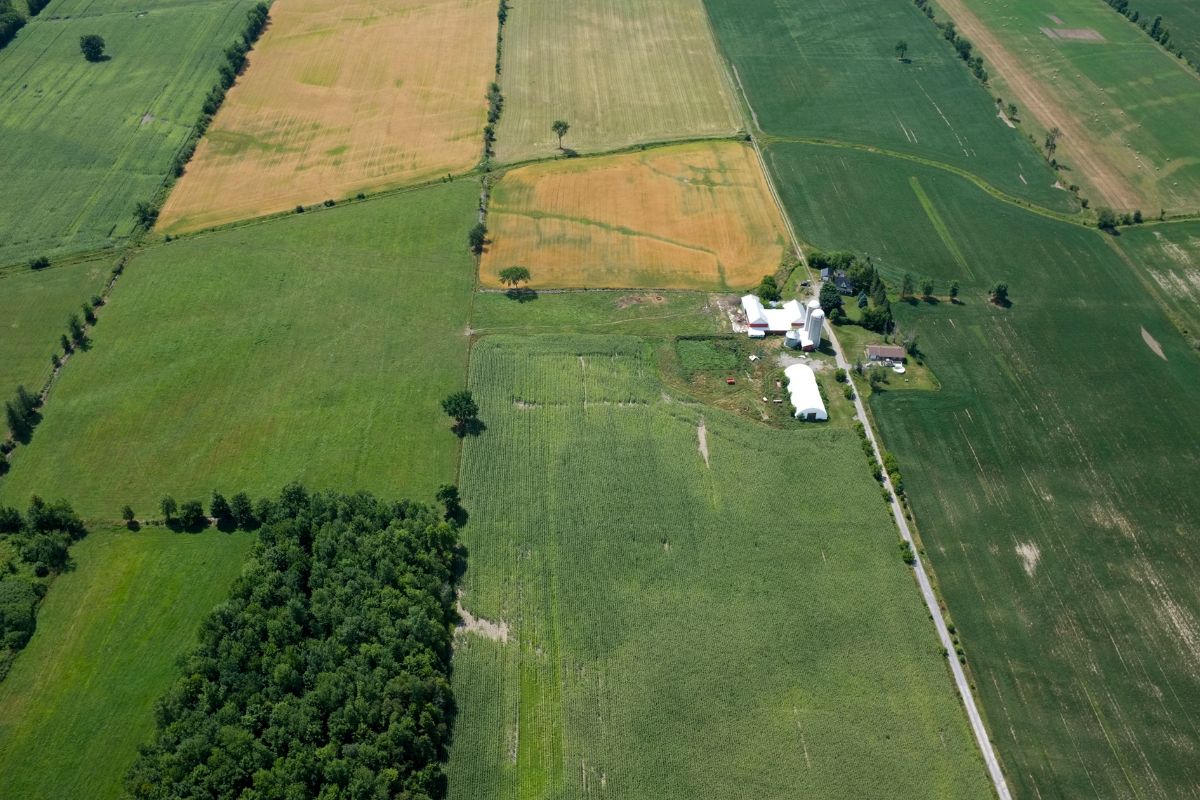David Baynie provides vital information that supports The Lands Acquisition Act 1989. This act is like a cornerstone of Australian law governing the Commonwealth’s acquisition and disposal of land interests. This includes overseas land and land for mineral exploitation and mining activities.
The Act provides a comprehensive framework for compulsory land acquisition, emphasizing procedural fairness and compensation for affected landowners. The Act outlines the steps government agencies must follow when acquiring land for public purposes, including negotiation, valuation, and compensation determination.
It also regulates the management and disposal of land once acquired, ensuring transparency and accountability. While designed to facilitate necessary public projects, the Act protects the rights of landowners, aiming to minimise disruption and provide just compensation for their losses.
Compulsory Acquisition
This is a core component, setting strict rules for when and how the government can force landowners to sell their property for public purposes. This public purpose can be broadly categorized into infrastructure, defense, and public utilities.
The Act emphasizes fair treatment and just compensation for affected landowners. This means power has been vested on the commonwealth to acquire lands compulsorily for public purpose. The LLA set strict rules and regulations on which the land can be compulsorily acquired while safeguarding the owners interest.
Delegation
Under section 139 of the LAA, the minister has the rights to delegate power and functions. The law delegates authority to specific government bodies to undertake land acquisition processes. The officials have to certify that an acquisition of an interest in land would amount to a ‘standard commercial transaction’. These delegated powers are subject to the Act’s overall framework, ensuring consistency and accountability. Delegations typically involve the authority to:
- Negotiate and agree to terms of land acquisition
- Valuate land for compensation purposes
- Approve compensation payments
- Manage the acquisition process
However, David Baynie says while the Minister delegates certain powers, ultimate responsibility for the acquisition process remains with the Commonwealth. “ In essence, while the LAA provides for compulsory acquisition, it strongly encourages and prioritizes acquisition by agreement as a more amicable and efficient method, he adds.
Acquisition by Agreement

The preferred method of acquiring land under the LAA is through agreement with the landowner. This involves negotiation and mutual consent to the terms of the acquisition, including the price to be paid for the land. The Act outlines steps involved in acquisition by agreement, including:
- Identification of required land
- Negotiation with the landowner
- Agreement on terms, including compensation
- Formalization of the agreement
Valuation and Compensation
The Act emphasizes the role of independent valuers to determine fair market value. This is to ensure the landowners are fairly compensated when the land is being acquired by compulsion. Compensation includes land value, disturbance, loss of income, and other relevant factors. If the owner is not satisfied, provisions are in place for landowners to challenge valuations and compensation amounts through the courts or specialised tribunals.
Mineral Exploration and Mining
According to David Baynie, The Lands also play a significant role in regulating mineral exploration and mining activities on Commonwealth land. While the Act primarily focuses on land acquisition for public purposes, it also contains provisions that enable the government to manage mineral resources effectively.
If you are interested in acquiring commonwealth land for the purpose of mineral exploration and mining, you might need to contact the relevant state or region for guidance on how to acquire mineral and mining activities permits.
Key Provisions Related to Mineral Exploration and Mining Include:

- Granting of leases, licenses, and permits: The Act empowers the government to grant authorities for mineral exploration and mining on Commonwealth land. These grants are subject to specific conditions and may involve the payment of fees and royalties.
- Environmental protection: The LAA recognizes the importance of environmental protection and allows for the imposition of conditions on mining activities to minimise their impact.
- Dispute resolution: The Act outlines procedures for resolving disputes that may arise between the government, mining companies, and affected landowners.
Once completed, the commonwealth will need to assess your application to determine your eligibility. It’s crucial to note that while the LAA provides a general framework, the specifics of mineral exploration and mining are often regulated by more detailed legislation at both the Commonwealth and state/territory levels.
Land Resumption and Disposal
Once the land owner is duly compensated, the government can formally take possession of the land. The Act outlines in this regard how the land acquired is to be managed, leased, or sold, often with specific conditions to protect public interests.
While at it, The Act emphasizes the need to respect human rights during the acquisition process. Moreover, certain areas such as Aboriginal land, may have specific exemptions or additional protections under the Act. Essentially, the Lands Acquisition Act 1989 provides a balanced legal framework for managing land in the public interest while safeguarding the rights of property owners.
It’s essential to note that while the LAA provides a general framework, specific procedures and regulations may vary depending on the state or territory in which the land is located, David Baynie concludes.











